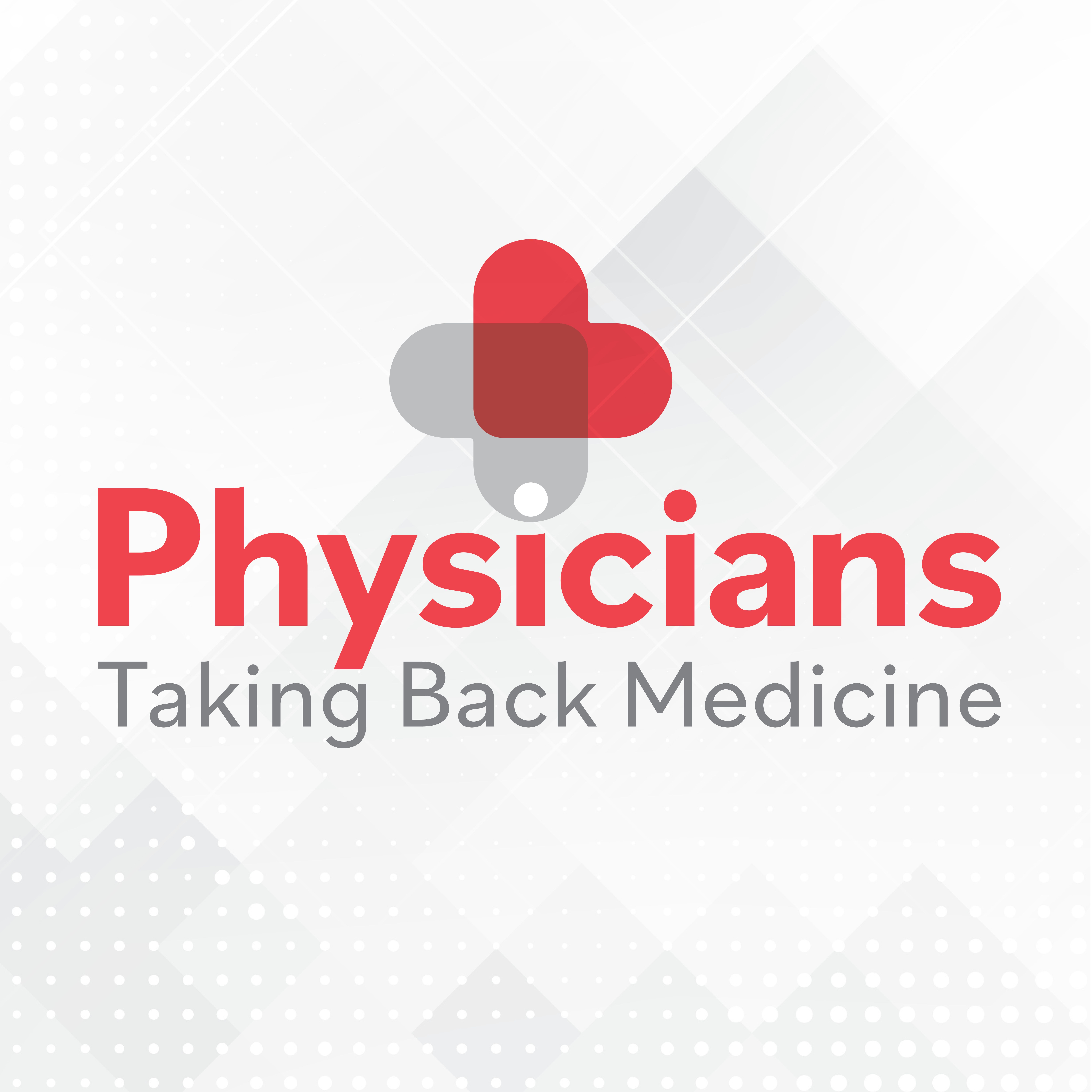News
Article
Does AI really make your life easier?
Author(s):
Key Takeaways
- AI is transforming healthcare by automating documentation, billing, and administrative tasks, reducing clinician burden and enhancing patient care.
- AI-driven tools like speech recognition and natural language processing significantly decrease documentation time, offering physicians more time for patient interaction.
The benefits of artificial intelligence in medicine were discussed during a session at the ACP Internal Medicine Meeting 2025 in New Orleans.
Stephen Ma, MD, and Deepti Pandita, MD, FACP

In a presentation Thursday morning, Stephen P. Ma, MD, a medical informatics director of analytics and evaluation at Stanford, and Deepti Pandita, MD, FACP, FAMIA, VP of informatics and chief medical information officer at the University of California, Irvine, discussed the role that artificial intelligence (AI) plays in reducing clinician burden. The session, titled “How AI Can Reduce Clinician Burden,” was presented at the American College of Physicians (ACP) Internal Medicine Meeting 2025 in New Orleans.
For many physicians, the daily grind of documentation, billing and other administrative tasks can pose an overwhelming burden that eats into patient care. AI could be the long-awaited game-changer.
“A few [uses of AI] come to the top: medical advice messages… ambient documentation, drafting denial and appeal letters, patient friendly summaries and some assistance with CDI, billing and coding,” explained Pandita, who is also an associate professor of medicine in the clinical informatics department at UC Irvine.
AI-powered documentation
One of AI’s biggest selling points in medicine is documentation. AI-driven speech recognition and natural language processing (NLP) tools can transcribe patient encounters in real time, turning spoken words into structured, editable notes.
Pandita shared the results of a survey analyzing physician use of ambient AI scribe tools. Regardless of the AI tool, “there was a reduction in time spent documenting, and it was an average of anywhere from 12 minutes to 20 minutes,” which she notes is “significant.”
“I mean, 20 minutes per day, which — if you’re working five days a week — that is giving you back a couple of hours of your life, which you can spend in any way you want,” Pandita said.
But AI isn’t just a transcription tool — it’s also helping with coding, billing and prior authorizations.
Pandita specifically spoke about a collaboration she has with Latent AI, developing a tool for use in specialty pharmacy prior authorizations. “Prior authorizations for specialty pharmacies were taking anywhere from upwards of 20 to 30 minutes per pharmacy tech… to less than three minutes,” Pandita said. “That was game-changing.”
Burnout
Physician burnout is at an all-time high, largely fueled by seemingly endless paperwork and inefficient workflows. AI can help by taking over routine tasks, reducing cognitive overload and giving doctors back their time with patients.
Citing the American Medical Association (AMA) survey from July 2024, Pandita noted that “burnout across all specialties is down to less than 50% for the first time.” She also pointed to a significant reduction in perceived burnout from clinicians. “So again, we don’t know if we can attribute all of this to AI, however, I think we are moving in that direction.”
Needless to say — AI isn’t perfect. Both presenters emphasized that physicians should remain actively involved in AI-assisted processes. “It’s getting better, but it’s not 100% there. That’s why I would always say have that human in the loop… you have to always have the human in the loop, proofread your notes and you have to edit your notes,” Pandita said.
The key takeaway? AI isn’t here to replace doctors — it’s here to help them reclaim their time.
As the technology continues to evolve, physicians who embrace AI may find themselves spending less time on paperwork and more time practicing the medicine they love with the patients who need it most.





